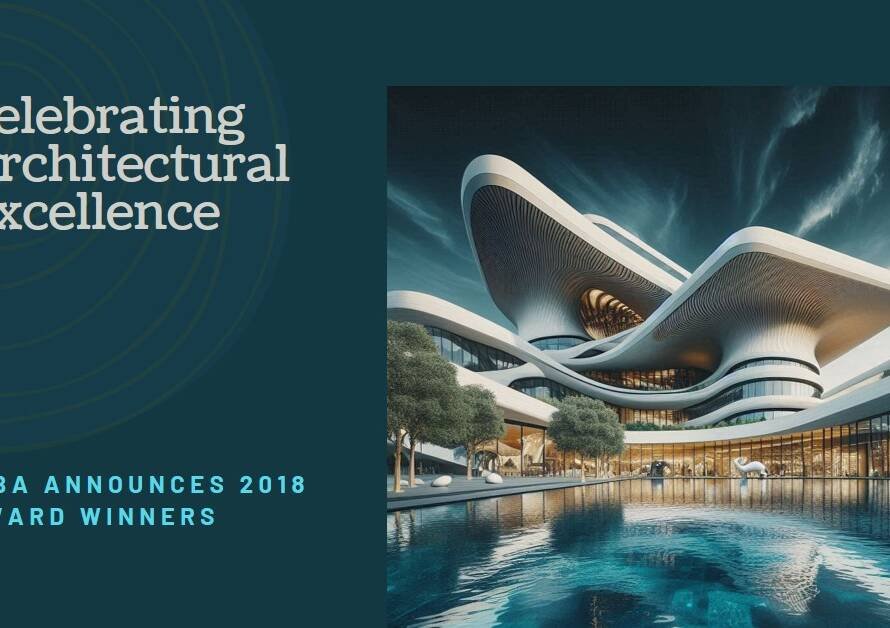
Table of Contents
- Introduction: Embracing Sustainable Innovation
- Understanding Environmental Design: A Holistic Approach
- The Role of Green Architecture: Building for the Future
- Sustainable Urban Planning: Creating Livable Cities
- Water Conservation: A Precious Resource
- Renewable Energy Integration: Powering the Inland Empire
- Preserving Natural Habitats: Balancing Growth and Ecology
- Community Involvement: Empowering Citizens
- Education and Awareness: Building a Sustainable Mindset
- Future Prospects: Innovating for Sustainability
- Conclusion: A Commitment to Sustainable Growth
Introduction: Embracing Sustainable Innovation
The Inland Empire, a vibrant and rapidly growing region in Southern California, stands at a critical juncture. As urbanization continues to accelerate, the need for innovative environmental design becomes increasingly urgent. Sustainable practices are no longer optional; they are imperative for preserving the natural beauty and ecological health of the area. This blog post explores the multifaceted aspects of environmental design in the Inland Empire, highlighting key strategies, successful projects, and future prospects.
Understanding Environmental Design: A Holistic Approach
Environmental design encompasses a wide range of practices aimed at creating spaces that are not only aesthetically pleasing but also ecologically sustainable. This holistic approach integrates architecture, urban planning, landscape design, and environmental science to address the challenges posed by rapid urban growth.
In the Inland Empire, environmental design takes on unique dimensions due to the region’s diverse landscapes, from arid deserts to lush valleys. Effective design must consider these variations to ensure sustainable development that respects and enhances the natural environment.
The Role of Green Architecture: Building for the Future
Green architecture is a cornerstone of environmental design. It emphasizes energy efficiency, the use of sustainable materials, and the reduction of carbon footprints. In the Inland Empire, several notable projects exemplify the principles of green architecture, setting benchmarks for future developments.
One such project is the LEED-certified Civic Center in Riverside, which utilizes solar panels, efficient water management systems, and locally sourced materials. This building not only reduces environmental impact but also serves as an educational model for sustainable practices in the community.
Sustainable Urban Planning: Creating Livable Cities
Urban planning plays a critical role in shaping the sustainable future of the Inland Empire. Effective planning strategies focus on creating compact, walkable communities that reduce reliance on automobiles and promote public transportation.
Transit-oriented development (TOD) is one approach gaining traction in the region. By concentrating housing, shopping, and employment around public transit hubs, TOD reduces traffic congestion and lowers greenhouse gas emissions. The Fontana Metrolink station area is a prime example, where mixed-use developments are enhancing the livability and sustainability of the city.
Water Conservation: A Precious Resource
Water scarcity is a significant challenge in the Inland Empire, making water conservation a key component of environmental design. Innovative solutions are essential to manage this precious resource efficiently.
Xeriscaping, which involves landscaping with drought-tolerant plants, is becoming increasingly popular. Communities like Rancho Cucamonga have embraced xeriscaping to reduce water usage while maintaining attractive green spaces. Additionally, advancements in greywater systems allow for the recycling of household wastewater for irrigation purposes, further conserving water.
Renewable Energy Integration: Powering the Inland Empire
The integration of renewable energy sources is vital for reducing the Inland Empire’s carbon footprint. Solar and wind energy projects are transforming the region’s energy landscape, providing clean and sustainable power.
The San Gorgonio Pass Wind Farm, one of the largest wind farms in the United States, exemplifies this shift. It generates substantial renewable energy, significantly offsetting fossil fuel consumption. Similarly, residential and commercial solar installations are on the rise, supported by government incentives and decreasing technology costs.
Preserving Natural Habitats: Balancing Growth and Ecology
As the Inland Empire continues to grow, preserving natural habitats is crucial. Environmental design must balance development with the conservation of the region’s unique ecosystems.
The Santa Ana River Wildlife Area is a successful example of habitat preservation. Through careful planning and collaboration between developers and environmentalists, this area has been protected, providing a sanctuary for local wildlife and a natural space for residents to enjoy.


Community Involvement: Empowering Citizens
Community involvement is essential for the success of environmental design initiatives. Engaging residents in the planning process fosters a sense of ownership and responsibility towards sustainable practices.
Programs like the Riverside Green Action Plan encourage community participation in environmental efforts. By offering workshops, resources, and incentives, these programs empower citizens to adopt green practices in their daily lives, contributing to the overall sustainability of the Inland Empire.
Education and Awareness: Building a Sustainable Mindset
Education and awareness are foundational to advancing environmental design. By integrating sustainability into educational curricula and public outreach, the Inland Empire can cultivate a culture of environmental stewardship.
Local universities, such as the University of California, Riverside, are leading the way with comprehensive sustainability programs. These programs not only educate students but also engage the wider community through research initiatives, workshops, and public lectures on environmental issues.
Future Prospects: Innovating for Sustainability
Looking ahead, the future of environmental design in the Inland Empire is promising. Technological advancements and evolving best practices will continue to drive innovation in sustainable development.
Smart city technologies, such as energy-efficient street lighting, smart grids, and green roofs, offer exciting possibilities. These innovations can enhance urban livability while minimizing environmental impact. Collaborative efforts between government, industry, and the community will be essential in realizing these sustainable futures.
Conclusion: A Commitment to Sustainable Growth
In conclusion, environmental design in the Inland Empire is a dynamic and evolving field. By embracing green architecture, sustainable urban planning, water conservation, renewable energy, habitat preservation, community involvement, and education, the region can achieve a balance between growth and ecological sustainability. The commitment to these principles will ensure that the Inland Empire remains a vibrant, healthy, and sustainable place for generations to come. Through continued innovation and collaboration, the Inland Empire can serve as a model for sustainable development, showcasing the possibilities of harmonious coexistence between human activity and the natural environment.


